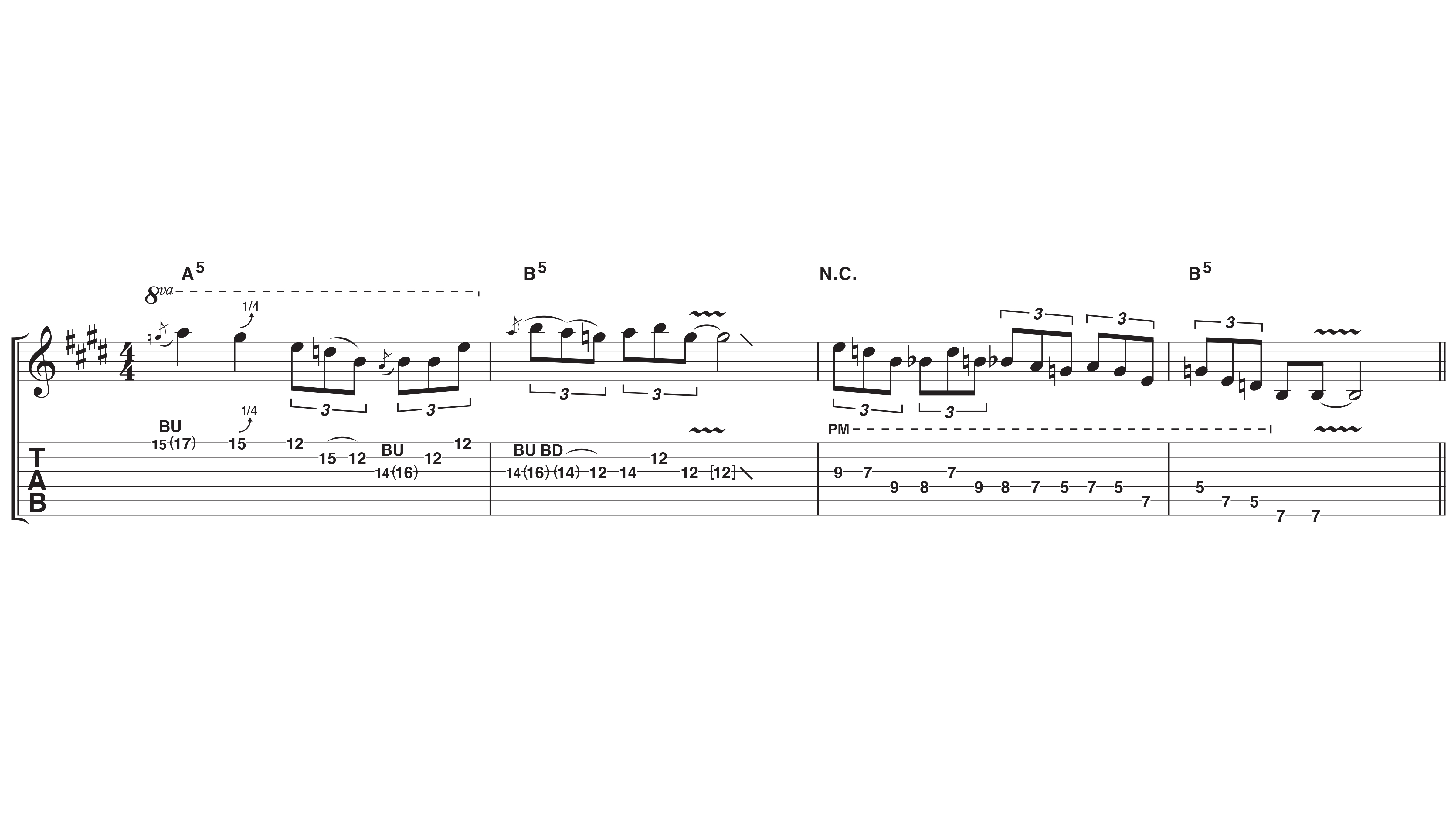5 ways to play guitar like Gary Moore
Get to the fiery heart of the guitar soloing style of one of the all-time guitar greats

Gary Moore took up guitar at the age of 10, moving from his native Belfast to Dublin at the age of 16 and becoming a professional player. While living in Dublin in the late 1960s, he caught all the latest bands live; John Mayall’s Bluesbreakers, Jimi Hendrix and Cream amongst others. However, Gary’s biggest influence was Fleetwood Mac’s Peter Green who would become something of a mentor to him, later selling him his famed 1959 Gibson Les Paul Standard.
This now legendary instrument, which Gary would call ‘Greeny’, features on many early Mac tracks, much of Gary’s blues work and now resides with its latest owner, Metallica’s Kirk Hammett.
Gary was one of the fastest, most fiery rock players out there, but he was also versatile, turning his hand to jazz-rock in the 1970s with Colosseum II and eventually returning to his blues roots in the 90s.
His playing still packed a punch though, and his high-volume, high gain soloing style remained largely unchanged. This month’s tab examples are based on Gary’s later blues recordings, with a couple paying tribute to his melodic playing on ballads like Still Got The Blues and Parisienne Walkways.
You’ll want to dial in a reasonably high-gain distortion tone to play the examples this month, and preferably use a humbucker-equipped guitar.
Click in top right of tab to enlarge
1. On fire
Starting with a slide down the sixth string is a great statement of intent that really sets the stage for the fiery licks that follow. The repeated bends make an attention grabbing opening phrase, before moving on to pentatonic phrasing in bars 3 and 4. Vibrato should be moderately fast and wide.
Want all the hottest music and gear news, reviews, deals, features and more, direct to your inbox? Sign up here.
2. You want Moore?
Another take over the same backing music, this example showcases some wide, high-register string bends.
This is a style that Gary really excelled at and our lick provides a hint of how he played some of those rapid fire licks in tracks such as Walking By Myself using a mixture of picked notes with hammer-ons and pull-offs.
3. Triplets and pentatonics
This pentatonic lick makes extensive use of triplets (great for blues and swinging blues-rock), emphasised further with palm muting in the last two bars.
Gary would often use this technique to give definition to the lower strings – very helpful with a high-gain tone. Simply rest your pick hand on the strings where they meet your guitar’s bridge
4. Ballad blues
Switching to the neck pickup and a ballad feel, this example shows how ‘neat’ Gary’s playing could be. Detail is everything here – pay attention to when the vibrato begins on a held note (if there is any at all) and the contrasting staccato notes at the end of phrases.
You may want to reduce your guitar’s volume a shade to clean up the tone too.
5. Still got 'em
Back to the bridge pickup and a roaring high-gain tone, this example makes a feature of handling and string noise. Part of the reason for this was Gary avoiding the microphonic feedback that can occur when using vintage pickups for high-gain tones at stage volume.
Practise the bends carefully, focusing on hitting the pitch accurately.
Backing track audio
Guitar lesson: 5 ways to play like Stevie Ray Vaughan
Total Guitar is Europe's best-selling guitar magazine.
Every month we feature interviews with the biggest names and hottest new acts in guitar land, plus Guest Lessons from the stars.
Finally, our Rocked & Rated section is the place to go for reviews, round-ups and help setting up your guitars and gear.
Subscribe: http://bit.ly/totalguitar





